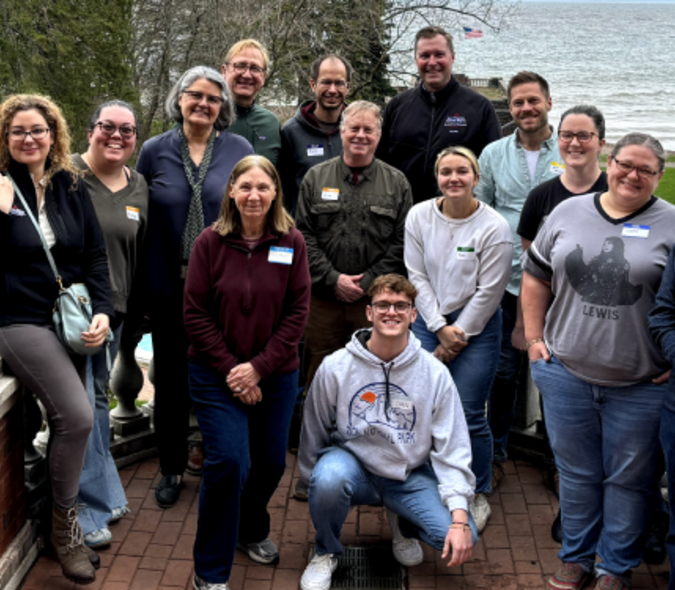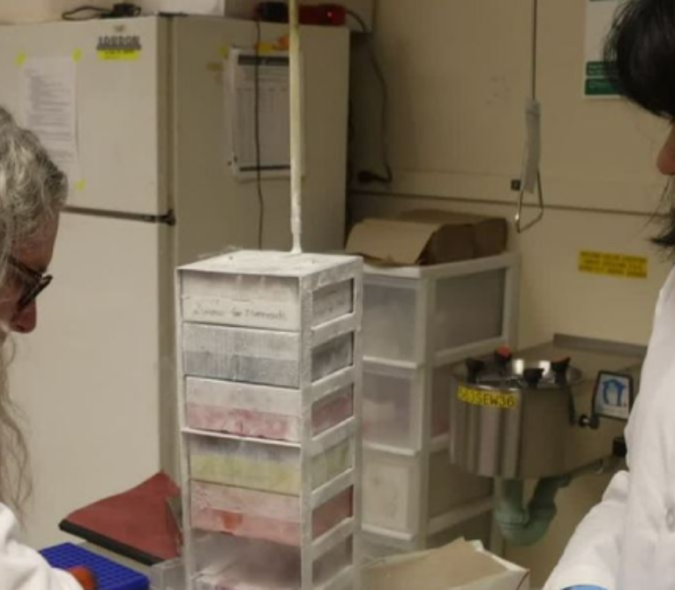
Slattery/Lacher Lab Publish Latest Research on Stress & the Effects to DNA Response
Sarah Lacher, PhD, assistant professor, Matthew Slattery, PhD, associate professor and Daniel Levings, PhD, post-doctoral associate in the Slattery/Lacher lab, recently published a paper entitled, "Transcriptional reprogramming by oxidative stress occurs within a predefined chromatin accessibility landscape," in the journal Free Radical Biology and Medicine. In the paper, they discuss how cells turn on or off the expression of many genes in order to acclimate to stressful conditions. Many of the genes that are activated following oxidative stress are controlled by a protein known as NRF2. Not all genes are readily available to be activated when a cell is exposed to a stressful environment, and sometimes genes are found in areas of the genome that require some unwinding or unpacking.
In their research, they exposed cells to inducers of oxidative stress and characterized the genes that are activated or repressed and the degree to which these changes require DNA packing/unpacking. They found that in addition to NRF2, a suite of other regulatory proteins including AP-1, SP1, p53 and NF-Y control which genes are expressed following oxidative stress. They also found that most of the genes that were changing were located in regions of accessible DNA (DNA packing/unpacking did not have to occur prior to genes being turned on or off). In summary, they found that gene expression changes following oxidative stress are regulated by proteins (NRF2, AP-1, SP1, p53, and NF-Y) that work within regions of the DNA that were open and accessible prior to the exposure.



